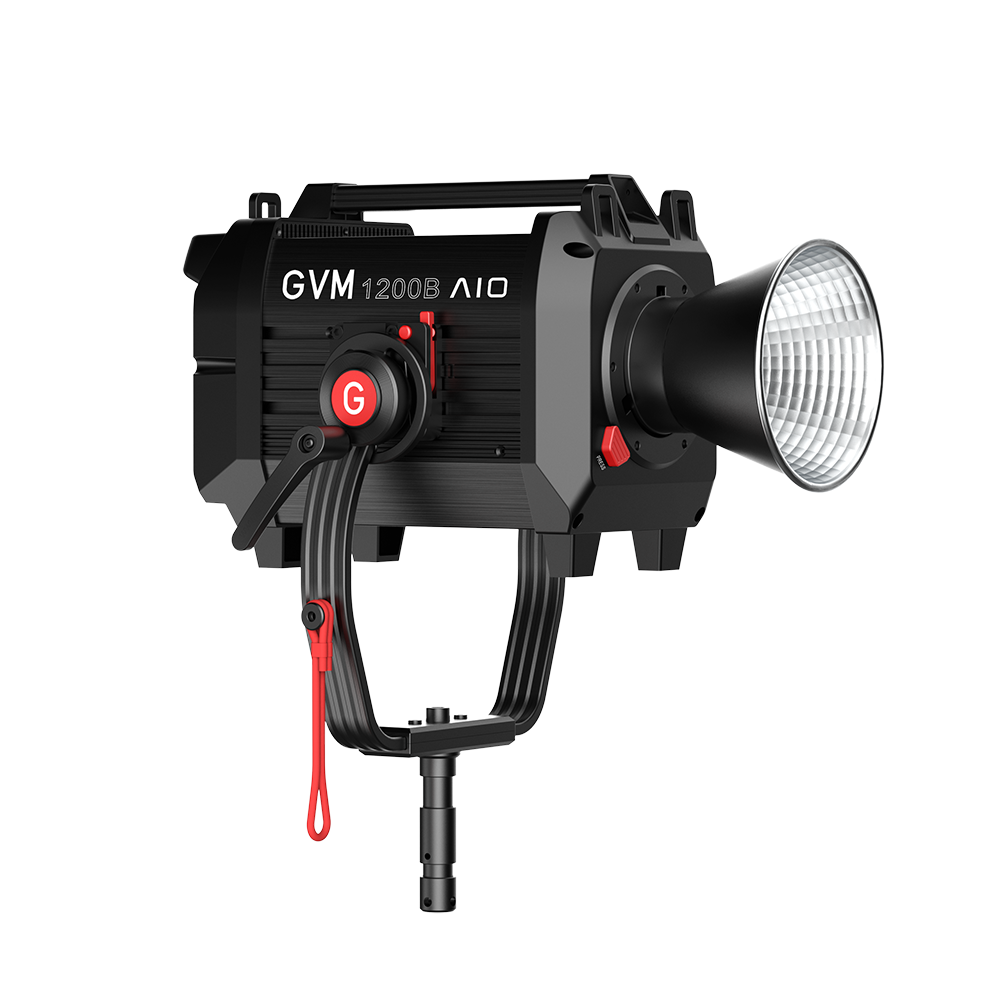Why Quality Lighting is Non-Negotiable for E-commerce Product Photography
In the hyper-competitive world of Amazon and online retail, your product imagery isn’t just a visual aid; it’s your primary sales tool. High-quality, consistent product photography directly impacts customer perception, conversion rates, and even return rates.
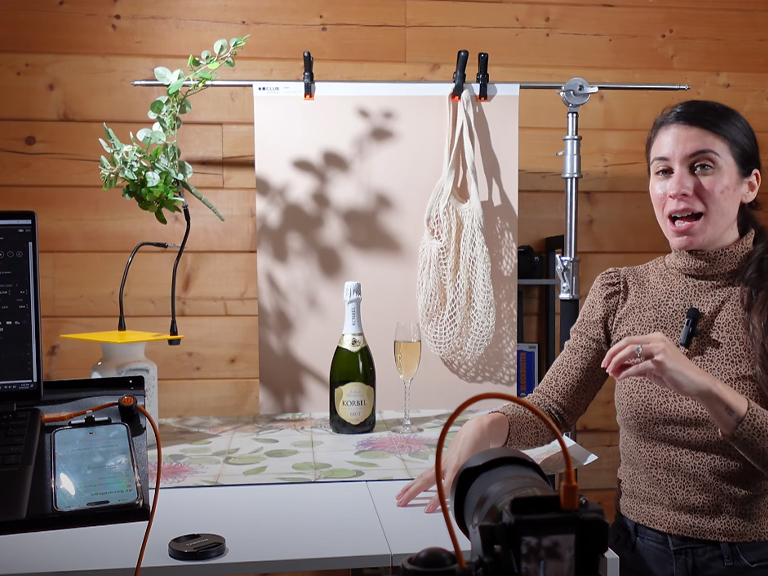
While compelling composition and sharp focus are essential, the true foundation of impactful product imagery lies in professional lighting. Relying solely on unpredictable natural light or inadequate ambient room lighting is a recipe for inconsistent results, inaccurate color representation, and ultimately, lost sales.
For Amazon sellers and dedicated product photographers operating from home studios, investing in the right photo studio lighting kit for product photographyisn’t an expense; it’s a critical investment in your brand’s success. This guide will equip you with the knowledge to navigate the options and select the optimal lighting solution tailored to your specific e-commerce needs.
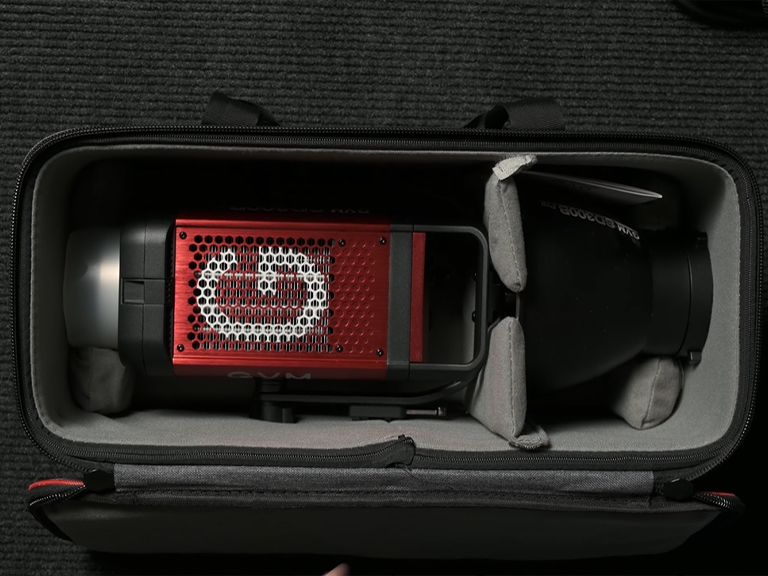
Understanding Different Types of Studio Lighting: Continuous vs. Strobe
Before diving into specific kits, it’s crucial to understand the fundamental types of artificial lighting used in studios:
- Continuous Lighting vs. Strobe (Flash) Lighting
- Continuous Lighting (LED, Fluorescent, Tungsten):As the name implies, continuous lights remain constantly ‘on’. This offers a significant advantage, particularly for those newer to studio lighting or those shooting video content alongside stills: What You See Is What You Get (WYSIWYG). You can observe the interplay of light and shadow in real-time as you adjust the position and intensity, simplifying the learning curve. Modern LED studio lighting kitsare the dominant force here, offering energy efficiency, low heat output, long lifespan, and often, adjustable color temperature and brightness. Older fluorescent options exist but may suffer from lower color accuracy and potential flicker, while tungsten lights run very hot and have a fixed warm color temperature, making them less ideal for accurate product representation.
- Strobe (Flash) Lighting:Strobes deliver a very brief, high-intensity burst of light synchronized with your camera’s shutter. They typically offer significantly more power output for their size and cost compared to continuous lights, excel at freezing motion (less critical for static products), and run cooler. However, they require triggers or sync cablesto fire and lack the WYSIWYG benefit, demanding a greater understanding of light principles and test shots to achieve the desired effect.
- Which is Better for Product Photography at Home?
For most home studio product photography, particularly for Amazon sellers who may also need to create short product videos or spin photography, continuous LED lighting kits are generally the superior choice. Their ease of use, real-time feedback, video capabilities, and improved safety (low heat) outweigh the sheer power advantage of strobes, which is often unnecessary for tabletop product scales. High-quality LEDs now offer excellent brightness and superb color accuracy, bridging the gap significantly.
- Focus on LED: The Modern Standard
Given the advantages for e-commerce photography, we’ll primarily focus on LED studio lighting kits. When evaluating LED options, pay close attention to their Color Rendering Index (CRI)and Television Lighting Consistency Index (TLCI)ratings. These metrics indicate how accurately the light source reveals the true colors of your product compared to natural daylight. For professional product photography where color accuracy is paramount (think apparel, cosmetics, food), aim for CRI and TLCI ratings of 95+. Lower ratings can lead to color shifts that misrepresent your product, potentially increasing customer dissatisfaction and returns.
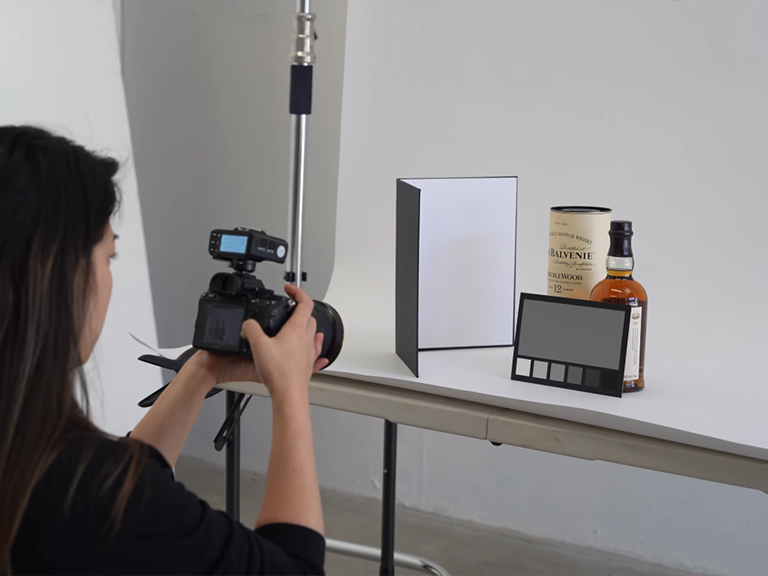
Deconstructing the Kit: What’s Included in a Typical Studio Lighting Setup?
A studio lighting kit for product photographytypically bundles several essential components:
- Light Heads/Sources:The core light-emitting units themselves, usually LED panels or monolight-style heads. Kits commonly include one, two, or three lights.
- Light Modifiers (Crucial for Product Appeal):These shape and soften the light output, which is critical for flattering product shots. Hard, direct light creates harsh shadows and specular highlights that obscure detail. Common modifiers include:
- Softboxes:Enclosures lined with reflective material and covered with diffusion fabric. They produce soft, directional light that wraps gently around products, minimizing harsh shadows and revealing texture. Essential for most product photography.
- Umbrellas:Reflective umbrellas bounce light for broader coverage, while shoot-through umbrellas diffuse light. Generally easier to set up than softboxes but offer less control over spill.
- Diffusers:Standalone fabric panels or caps that soften existing light sources.
- Light Stands:Adjustable stands to position your lights at the desired height and angle. Stability is key.
- Power Cables/Adapters:To power the lights. Some portable kits may offer battery options.
- Carrying Case:Facilitates storage and transport, important for home setups where space might be limited.
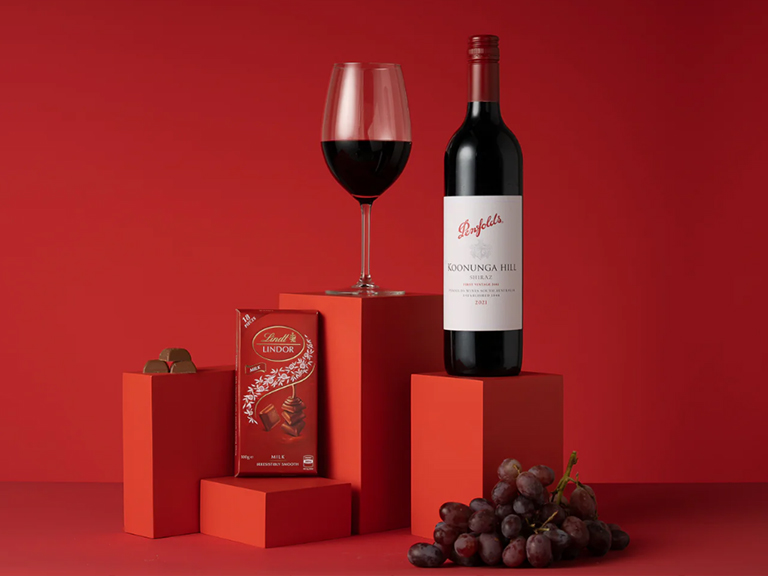
Key Factors for Amazon Sellers & Product Photographers When Choosing a Kit
Selecting the best kit involves balancing several factors specific to your e-commerce operation:
- Type and Size of Products:Photographing small jewelry requires different lighting power and modifier size than shooting apparel on a mannequin or larger home goods. Ensure the kit’s output and modifier dimensions are appropriate.
- Your Available Space at Home:Measure your dedicated shooting area. Consider the footprint of the light stands when extended, the size of the softboxes, and the overall maneuverability. Compact kits or single-light solutions might be necessary for very tight spaces.
- Budget:Studio lighting kitsrange from under $100 for basic setups to well over $1000 for professional-grade equipment. Determine a realistic budget, but prioritize value and essential features (like high CRI) over the absolute lowest price. Remember, this is an investment in your sales potential.
- Color Accuracy (CRI/TLCI):Reiterate this critical point.For e-commerce, aim for CRI/TLCI 95+to minimize color-related returns and ensure product fidelity. Don’t compromise here.
- Power Output & Brightness Control:Ensure the lights are bright enough for your needs (allowing for lower ISO settings on your camera for cleaner images) and offer dimming capabilities for precise control over exposure and lighting ratios.
- Color Temperature Control (Bi-Color LEDs):Bi-color LEDs allow you to adjust the color temperature from warm (tungsten-like) to cool (daylight-like). This offers flexibility to match ambient conditions, achieve specific creative looks, or maintain consistent white balance across shots. While not strictly essential if you have good white balance control, it’s a highly valuable feature.
- Ease of Setup and Use:As a busy seller or photographer, you need equipment that is quick to assemble, intuitive to operate, and reliable. Look for user-friendly designs and clear instructions.
- Portability and Storage:If your home studio needs to be packed away regularly, consider the kit’s weight, the quality of the carrying case, and how compactly everything folds down.
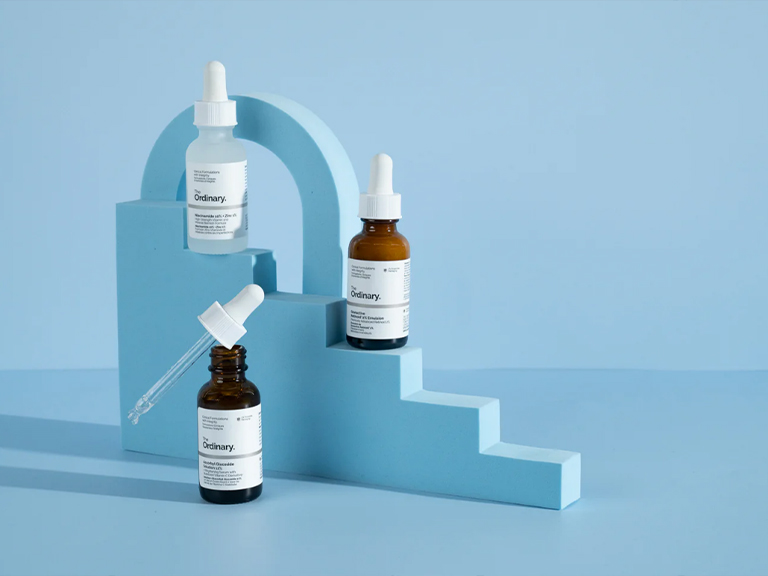
Recommended Features & Kit Types for Effective Home Product Photography
Based on the factors above, here’s what to prioritize for a successful home studio lighting setup for product photography:
- Prioritize Continuous LED Kits with High CRI/TLCI:Their ease of use, video capability, low heat, and potential for excellent color accuracy make them the front-runner for most e-commerce applications. Insist on 95+ CRI/TLCI.
- Softboxes are (Usually) Non-Negotiable:Kits including at least one or two appropriately sized softboxes are highly recommended. The soft, diffused light they produce is ideal for minimizing glare and showcasing product details professionally.
- Consider Bi-Color LEDs for Maximum Flexibility:The ability to adjust color temperature on the fly is a significant workflow advantage.
- Explore These Kit Types:
- Basic Two-Light LED Softbox Kit:The workhorse for many product photographers. Offers flexibility for various lighting setups (key and fill light). Ideal starting point.
- Light Tent Kit (Photo Box):Excellent for small, highly reflective items (jewelry, watches, electronics). These kits feature translucent fabric walls internally lit, creating incredibly soft, shadowless illumination. Often includes built-in LED strips.
- Single, Powerful Bi-Color LED with Large Softbox:For those comfortable with single-light setups or working in very tight spaces. A versatile light can serve as a powerful key light, often supplemented with reflectors.
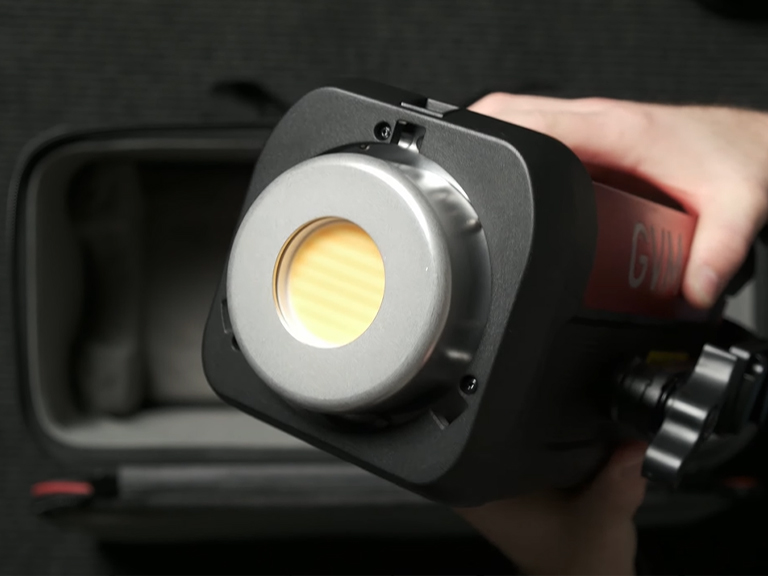
Foundational Lighting Setups for Product Photography Using Your Kit
Once you have your kit, experiment with basic setups:
- Classic Two-Light Setup:Place one light (key light) at roughly a 45-degree angle to the product and slightly elevated. Position a second light (fill light) on the opposite side, often set to a lower intensity, to soften shadows created by the key light.
- Utilizing a Top Light:For flat-lay photography or to minimize shadows underneath a product, positioning a light directly overhead (using a boom arm stand if necessary) can be effective.
- Incorporating Backlight/Rim Light:Placing a light behind the product (out of frame) can create separation from the background and highlight edges or translucency.
- The Power of Reflectors:Even with a kit, simple white or silver reflectors (foam board works!) can bounce light back into shadow areas, reducing contrast without needing an additional light source.
Essential Accessories to Elevate Your Product Shots
Beyond the core kit, consider these additions:
- Backgrounds:Seamless paper rolls (white, grey, black are staples), fabric, or vinyl provide clean, non-distracting backdrops.
- Reflectors:Dedicated collapsible reflectors (white, silver, gold, black) offer precise light control.
- Diffusion Panels:Larger diffusion frames can soften existing light sources or harsh window light.
- Camera Tripod:Absolutely essential for sharp, consistent product shots, especially at lower shutter speeds.
- Clamps and Arms:Useful for holding reflectors, diffusion materials, or small items in place.
Making the Informed Choice for Your E-commerce Success
Choosing the best studio lighting kit for your home-based product photographyboils down to understanding the technology, assessing your specific needs, and prioritizing features that directly impact image quality and sales. For most Amazon sellers and product photographers, a high-quality continuous LED kitwith excellent color accuracy (CRI/TLCI 95+)and softbox modifiersrepresents the most versatile, effective, and user-friendly investment. Consider your product types, available space, budget, and need for video capability. Don’t underestimate the power of controlled, professional lighting – it elevates your product presentation from amateur to authoritative.
Ready to Illuminate Your Products and Boost Your Sales?
By investing wisely in the right lighting tools and mastering basic setup techniques, you empower yourself to create consistently stunning product images that capture attention, build trust, and drive conversions on Amazon and beyond. Take the guesswork out of your lighting, and let your products truly shine.


